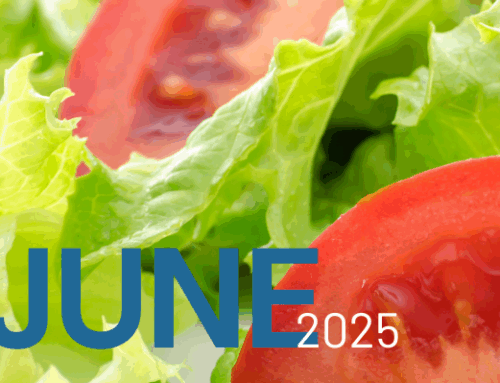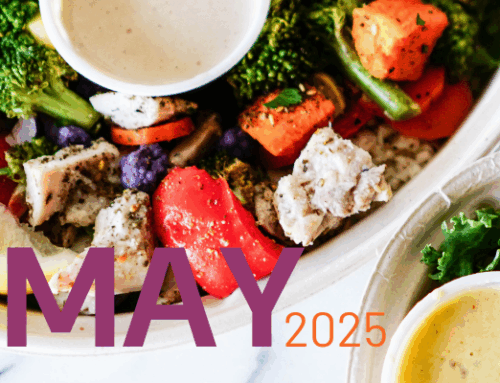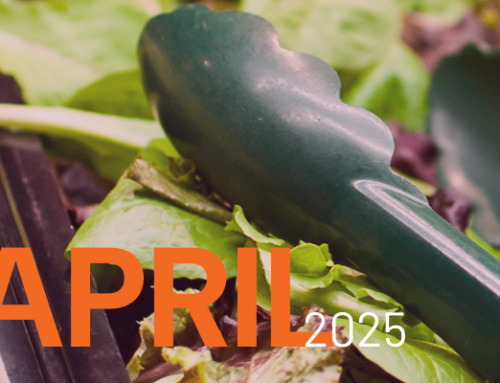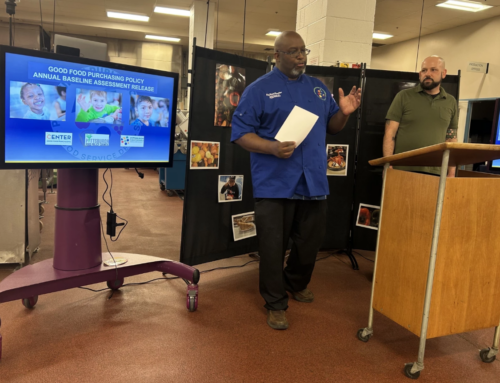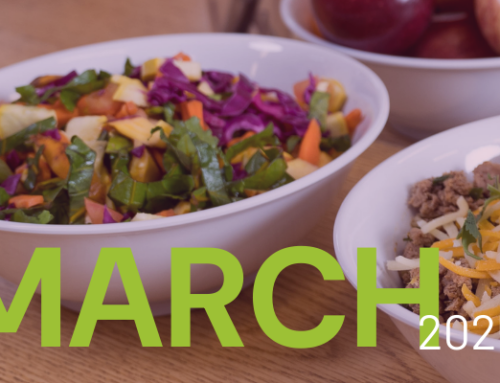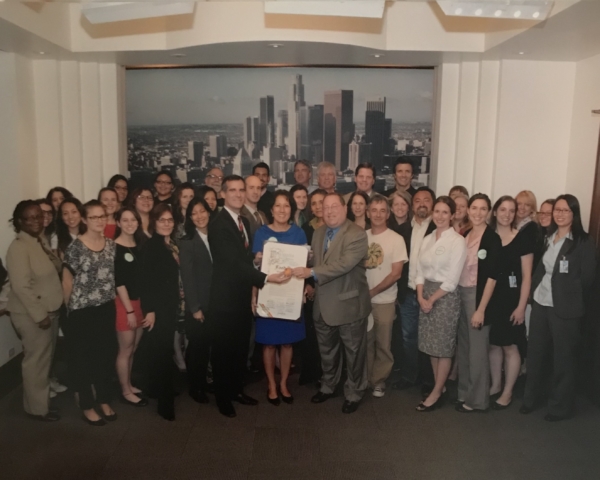
The Los Angeles Food Policy Council and supporters, Immediately after the unanimous adoption of the Good Food Purchasing Program by the City of Los Angeles, on Food Day October 2012. Paula Daniels (center) is flanked by then Council President, now Mayor Eric Garcetti to her right, and Councilman Paul Koretz to her left. Alexa Delwiche is fourth from the right, front row.
Ten years ago, on a cool September day in 2009, I stood behind Los Angeles Mayor Villaraigosa as we faced press questions about the food policy task force he had just announced. We were flanked by local LA celebrity chefs and joined by Jonathan Gold, the Pulitzer Prize winning food critic. Behind us was the Good Food Pledge that each of the chefs had just signed. The press dispersed when the Q&A was over, the tv crews following Jonathan Gold into the expansive farmer’s market we had assembled for the occasion, densely packed across city hall’s south lawn. I drifted after them, monitoring the activity, checking in with my team, allowing myself to feel a wave of relief that nine months of extensive research and intensive preparations had culminated successfully. I felt eager to embark on the longer and harder work of the initiative we had just launched: to develop a food policy framework for the region.
Two months later, Alexa Delwiche joined the team as coordinator for the task force. Ten months of meetings and listening sessions after that, our task force produced the Good Food for All Agenda, including in its 55 recommendations that there be a food policy council, and that a purchasing policy be created for the city and county of Los Angeles. In the fall of 2010, Alexa and I started researching purchasing policies, diving into city food procurement and designing the structure for the LA Food Policy Council. Two years later, with regular input from our working group of stakeholders, extensive design sessions, multiple focus group sessions, and peer review from around 100 experts across the country, I stood again next to Mayor Villaraigosa at another press conference as he signed the Executive Order adopting the Good Food Purchasing Program in the City of Los Angeles. Dozens of us stood next to him: the LA Food Policy Council and our many supporters. By then, we had become a known entity throughout the state. By then, we were a team.
The LA Unified School District adopted the Program the following month. Within a year, the Program produced the results we hoped for: millions of dollars being redirected into the local food economy of the LA region, new jobs created, environmentally sustainable food being sourced, and fair labor being prioritized. As national interest grew in our Program, we created the Center for Good Food Purchasing to be able to expand nationally. And we have. Thanks to all of you, and the dozens of local and national partners, the Program is now in 18 cities across the country, with over 40 institutions participating. We’ve become known throughout the world, appearing in numerous case studies and research articles, and receiving international acclaim.
We are embarking on a technological update to provide real time resources to our Good Food institutions, and we are coordinating these efforts with national partners. We are developing ways to support the continued work of the cohorts who attended our Chicago summit. While our work is expanding, it is also deepening in addressing the impact we’ve all been working toward for so long.
And that’s just us. It has been profoundly encouraging to be part of how the national conversation has changed over this time. The work of our national partners and colleagues has grown along with ours; more and more cities and states are adopting policies that support food system transformation; more and more universities are offering degrees, certificates, courses in food policy, and more and more international organizations are adopting food systems change as a priority, such as the Milan Urban Food Policy Pact, the C40 Good Food Cities Declaration, and the creation of the Global Alliance for the Future of Food.
Looking back on these past ten years, one truth beams through even clearer and brighter than it did back then: none of this work can be done by one person alone. No momentum happens in a vacuum of movement. Our work was built on the good work of many before us, and with the good work of the many who walk beside us on this journey. Every one of the sparks from the thousands of interactions along the way lit the way.
We are poised on the brink of another decade. What will the next ten years bring? Who will write this reflection ten years from now, looking back from the vantage point of 2029 at the budding seed of a transformative moment from 2019? So much depends on what we can’t know. But I do expect that it will be one of you.
And this I do know, expressed best In the words of one of my favorite poets, Gwendolyn Brooks: “We are each other’s harvest; we are each other’s business; we are each other’s magnitude and bond.”
